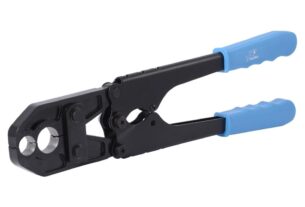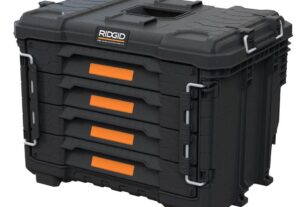Physical therapy scraping tools have been gaining popularity among athletes and physical therapy patients alike. These instruments are used to improve muscle flexibility, reduce pain, and enhance overall performance. In this article, we will delve deep into the world of physical therapy scraping tools, exploring their benefits, types, and how they work.
What is a Physical Therapy Scraping Tool?
Physical therapy scraping tools are handheld instruments made of metal or plastic that are used to scrape the skin and underlying tissues. The process is known as “scraping” or “gua sha,” which means “to scrape away fever.” It involves applying a lubricant such as oil or lotion on the skin and then using the tool to make long strokes over the affected area. This technique helps break down scar tissue, increase blood flow, and promote healing.
Benefits of Physical Therapy Scraping Tools
1. Reduces Pain: One of the primary benefits of physical therapy scraping tools is pain reduction. The scraping motion stimulates the nerve endings in the affected area, which sends signals to the brain to release endorphins – natural painkillers.
2. Improves Flexibility: Scar tissue can restrict movement and cause stiffness. By breaking down scar tissue with a scraping tool, patients can experience improved flexibility and range of motion.
3. Boosts Blood Flow: Scraping increases blood flow to the affected area, which carries oxygen and nutrients necessary for healing.
4. Enhances Performance: Athletes use physical therapy scraping tools for pre-competition warm-ups to loosen muscles, reduce tension, and enhance performance.
Types of Physical Therapy Scraping Tools
1. Gua Sha Boards: Gua Sha boards are flat pieces of metal or plastic with rounded edges that are used for scraping large areas like the back or legs.
2. Graston Tools: Graston tools are similar to gua sha boards but feature a textured surface for more intense scraping.
3. FAKTR Tools: Functional and Kinetic Treatment with Rehab (FAKTR) tools are designed to target small areas, like the hands or feet, and feature various shapes and sizes for a customized treatment.
4. HawkGrips: HawkGrips is a brand of metal instruments that come in different shapes and sizes for treating different areas of the body.
How Physical Therapy Scraping Tools Work
Physical therapy scraping tools work by breaking down scar tissue and adhesions in the affected area. Scar tissue can form from injuries, surgeries, or repetitive movements. When scar tissue forms, it can cause pain, stiffness, and reduced range of motion. By using a scraping tool, therapists can break down the scar tissue, which promotes healing and restores movement.
The scraping motion also stimulates blood flow to the affected area, which carries oxygen and nutrients necessary for healing. Additionally, the scraping motion triggers the release of endorphins, natural painkillers that reduce pain and promote relaxation.
Precautions When Using Physical Therapy Scraping Tools
1. Avoid bony areas: Physical therapy scraping tools should not be used on bony areas like the spine or joints.
2. Use proper pressure: The amount of pressure used during scraping should be enough to stimulate blood flow but not cause pain.
3. Avoid broken skin: Scraping should not be performed on broken skin or open wounds.
4. Seek professional advice: If you’re new to physical therapy scraping tools or have any concerns about your condition, seek advice from a professional physical therapist before using them.
Conclusion
Physical therapy scraping tools are an effective way to reduce pain, increase flexibility, boost blood flow, and enhance performance. They come in different shapes and sizes and are used by athletes and patients alike to treat various conditions. However, it’s important to use them with caution and seek professional advice if you’re unsure about their use.
References:
1. “Scraping (Gua Sha) as an Effective Treatment for Musculoskeletal Pain: A Network Meta-Analysis.” Evidence-Based Complementary and Alternative Medicine, 2017, doi:10.1155/2017/6169628.
2. “The Effectiveness of Instrument-Assisted Soft Tissue Mobilization in Athletes: A Critically Appraised Topic.” Journal of Sport Rehabilitation, 2016, doi:10.1123/jsr.2014-0100.
3. “The Effects of Gua Sha on Symptoms and Inflammatory Biomarkers Associated with Chronic Low Back Pain: A Randomized Active-Controlled Crossover Pilot Study in Elderly.” Evidence-Based Complementary and Alternative Medicine, 2020, doi:10.1155/2020/4783709.




